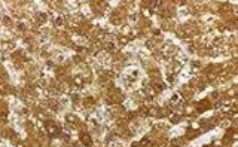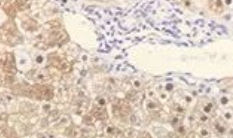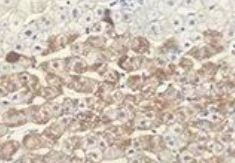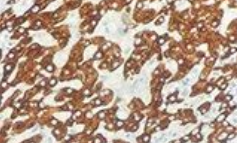World Hepatitis Day
Issuing time 2022-11-01 10:35:00
World Hepatitis Day is on July 28 every year. The first World Hepatitis Awareness Day campaign was held on October 1, 2004 in Brussels, Belgium, with the theme "YouHaveCompany". knowledge of prevention, screening and treatment.
The liver is one of the five internal organs of the human body. It runs at full speed every day, carrying out hundreds of chemical reactions, maintaining the normal operation of the "human body factory", and is open all year round.
The World Health Organization's International Agency for Research on Cancer (IARC) released the latest global cancer burden data for 2020. According to the data, liver cancer ranks sixth among the 10 most common cancers in the world in 2020. Liver cancer is the third most deadly cancer.
In order to further improve the standardization of the diagnosis and treatment of primary liver cancer, ensure the quality and safety of medical care, and protect the health rights and interests of patients, the National Health and Health Commission released the guidelines for the diagnosis and treatment of primary liver cancer (2022 edition) on its official website. Among them, it is emphasized that early detection, early diagnosis and early treatment are the keys to improve the curative effect of liver cancer.
Immunohistochemical examination
The main purposes of immunohistochemistry for liver cancer are:
① Differentiation between benign and malignant hepatocytes
② Differentiation of HCC from ICC and other special types of liver tumors;
③ Differentiation between primary liver cancer and metastatic liver cancer.
Immunohistochemical antibodies related to liver cancer
Hepatocyte

Mouse monoclonal to Hepatocyte
Clone: OCH1E5
Subcellular location: cytoplasm
Applicable tissue: paraffin section
Pretreatment: EDTA heat repair
The antigen is located in the mitochondria of hepatocytes. It can be used to differentiate clear cell hepatocellular carcinoma from other clear cell malignancies, and also to differentiate embryonic hepatoblastoma from other small round cell tumors in children
HBcAg (hepatitis B virus core antigen)

Mouse polyclonal to HBcAg
Clone : multi clone
Subcellular location: nucleus / cytoplasm
Applicable tissue: paraffin section
Pretreatment: no repair required
Hepatitis B core antigen (HBcAg) is mainly used in the study of hepatitis, liver cirrhosis and liver cancer.
HBsAg (hepatitis B virus surface antigen)

Mouse monoclonal to HBsAg
Clone : 3e7
Subcellular location:cytoplasm
Applicable tissue: paraffin section
Pretreatment: EDTA thermal repair
Hepatitis B surface antigen (HBsAg) is mainly used in the study of hepatitis, liver cirrhosis and liver cancer.
Cytokeratin 18

Mouse monoclonal to Cytokeratin 18
Clone: DC10
Subcellular location:cytoplasm
Applicable tissue: paraffin section
Pretreatment: EDTA thermal repair
Cytokeratin 18 (CK18), with a molecular weight of 45kda, is a low molecular weight type 1 cytokeratin. It mainly marks various monolayer epithelium, including glandular epithelium, while multilayered squamous epithelium is often negative, which is mainly used for the diagnosis of adenocarcinoma.
Reference: Notice of the general office of the National Health Commission on printing and distributing the guidelines for the diagnosis and treatment of primary liver cancer (2022 Edition).


